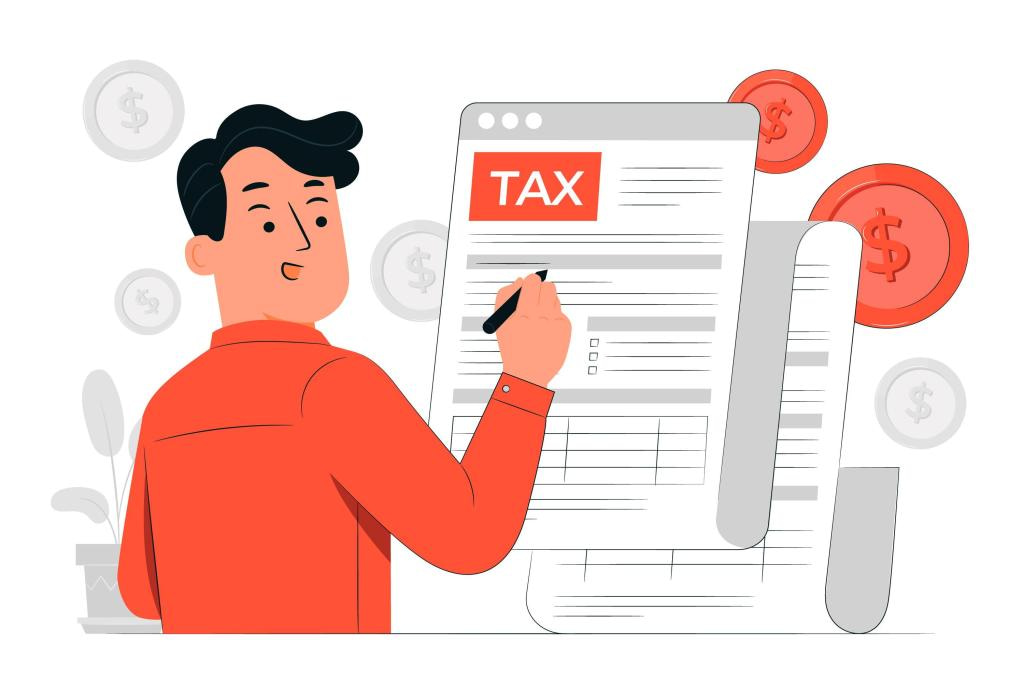In the problematic tapestry of the Indian Income Tax Act, Section 10(14)(i) emerges as an extensive provision that warrants meticulous attention. This section offers precise exemptions on a variety of allowances and perquisites provided to salaried individuals. Understanding its nuances is crucial for both taxpayers and employers to ensure compliance and take gain of the benefits it offers.
Overview of Section 10(14)(i)
Section 10(14)(i) of the Income Tax Act, 1961, deals with the exemption of certain allowances and perquisites granted to employees. The part specifies a listing of allowances and perquisites that are exempt from profits tax, and challenge positive stipulations and limits.
Allowances Exempt beneath Section 10(14)(i)
Let’s delve into some of the key allowances and perquisites that fall beneath the purview of Section 10(14)(i):
House Rent Allowance (HRA)
HRA is a frequent allowance provided by using employers to personnel to meet their condominium housing expenses. The exemption on HRA is determined based totally on factors such as genuine HRA received, salary, and the lease paid. The least of the following three is exempt:
- Actual HRA received
- 50% of the earnings (for personnel living in metro cities) or 40% of the income (for employees dwelling in non-metro cities)
- Rent paid minus 10% of the salary
Transport Allowance
Employees regularly acquire transport allowances to cowl their commuting prices between the residence and the workplace. The exemption for transport allowance is restricted to Rs. 1,600 per month (Rs. 3,200 per month for visually challenged employees).
Children Education Allowance (CEA)
CEA is granted to meet the academic fees of employees’ children. Under Section 10(14)(i), CEA up to Rs. a hundred per month per toddler (maximum two children) is exempt.
Helper Allowance
If an employee receives a helper allowance to interact with domestic help, it is exempt up to Rs. 3,200 per month.
Children Hostel Allowance
For personnel whose kids stay in a hostel, a kids hostel allowance of up to Rs. 300 per month per child (maximum two children) is exempt.
Academic/Research Allowance
Academic and research allowances provided to college employees for carrying out tutorial or research activities are exempt from this section.
Compensatory Allowances
Compensatory allowances received by High court and Supreme court judges are exempt beneath Section 10(14)(i).
It’s important to note that while these allowances are exempt under Section 10(14)(i), certain conditions and limits apply, and taxpayers must adhere to them for availing the benefits.
Conditions and Limits for Exemption
To declare the exemption underneath Section 10(14)(i), personnel should fulfill the following conditions:
- The allowance needs to be granted by means of the business enterprise to meet unique prices or necessities.
- The worker needs to make use of the allowance for the reason it is intended.
- The exemption limits precise for every allowance have to now not be exceeded.
Employers should keep ideal documentation and proof of the allowances granted to employees to ensure transparency and compliance at some stage in tax assessments.
Conclusion
Section 10(14)(i) of the Income Tax Act affords integral exemptions on a number of allowances and perquisites acquired via salaried individuals, offering enormous alleviation from profits tax liabilities. However, it is quintessential to comprehend the provisions, adhere to the conditions, and ensure desirable documentation to avail of these advantages correctly.
As tax laws are concerned with amendments and updates, taxpayers and employers stay informed about any adjustments to the provisions of Section 10(14)(i) to ensure seamless compliance with the Income Tax Act and maximize the accessible exemptions.
This article serves as a complete guide to the provisions of Section 10(14)(i), shedding mild on its significance and implications in the context of profits tax in India.
